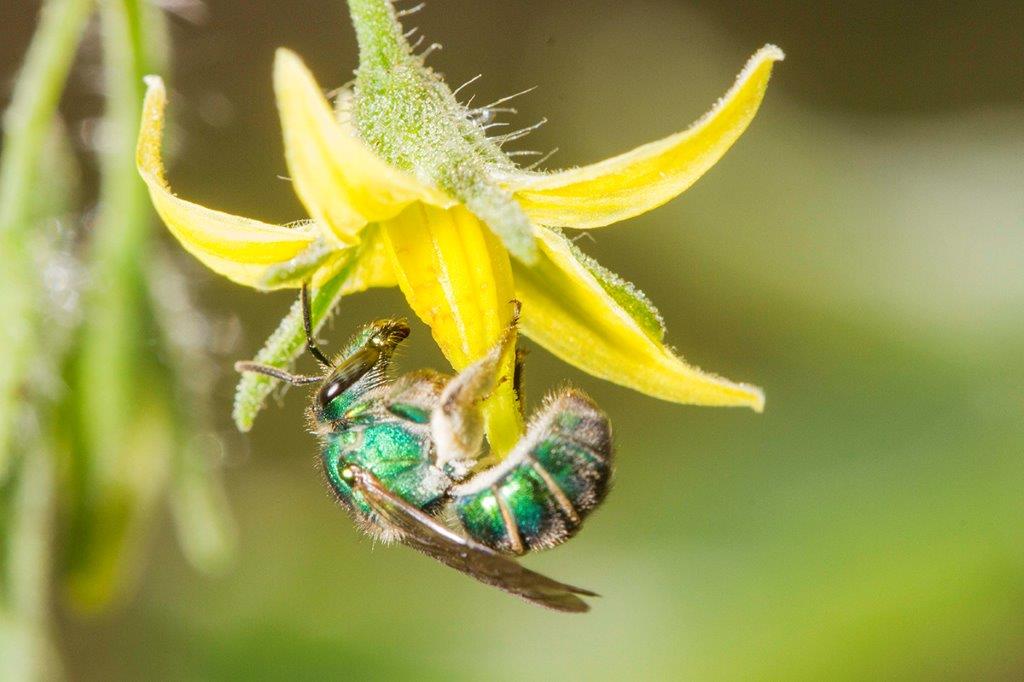
Global Distribution of Bee Diversity
Among all the animals in the world, insects are the group that has the greatest biological diversity in existence. More than one million species are currently described, but studies indicate that there may be 5 a 10 millions of species not yet cataloged.
Bees are known to be one of the most important groups in ecological terms for performing an essential ecosystem service for the maintenance of terrestrial life: pollination. However, more and more new studies appear pointing to the decrease of these animals in the whole planet.

For conservation work to be carried out, it is essential to understand the diversity and global distribution of insects. Recently, a very important research was published in the journal Current Biology on patterns and drivers of bee distribution.
Based on published studies and records from public databases, scientists mapped and modeled a map that reveals patterns about the richness and global distribution of bee species.

When observing the map synthesized by the researchers, the greater richness of bee species described in the Northern Hemisphere is evident. From this study it was also found that the richness of bee species is higher in dry and temperate areas (and distant from the poles), while in tropical environments, famous for the extraordinary richness of insect species, there is less diversity. Scientists argue that these patterns appear to be related to the availability of solar energy and resources (water and plants).
Another factor that probably interferes with these results is the biogeographic history of the bees, that is, the distribution of ancestral species during geological time. It is interesting to note that the bimodal gradient of wealth conceived by this study (great wealth in the two temperate ranges) contrasts sharply with other groups of pollinators, that normally reach their greatest wealth near the equatorial tropics.
Many questions and doubts remain afloat and the authors suggest that studies in this area should be maintained so that we can better understand the distribution patterns of these important pollinators and, thus, promote its conservation.
Read the study published in full on this link: https://www.sciencedirect.com/science/article/pii/S0960982220315967
Orr, M. C., Hughes, A. C., Chesters, D., Pickering, J., Zhu, C. D., & Ascher, J. S. (2021). Global Patterns and Drivers of Bee Distribution. Current biology : CB, 31(3), 451–458.e4. https://doi.org/10.1016/j.cub.2020.10.053

Sorry, the comment form is closed at this time.